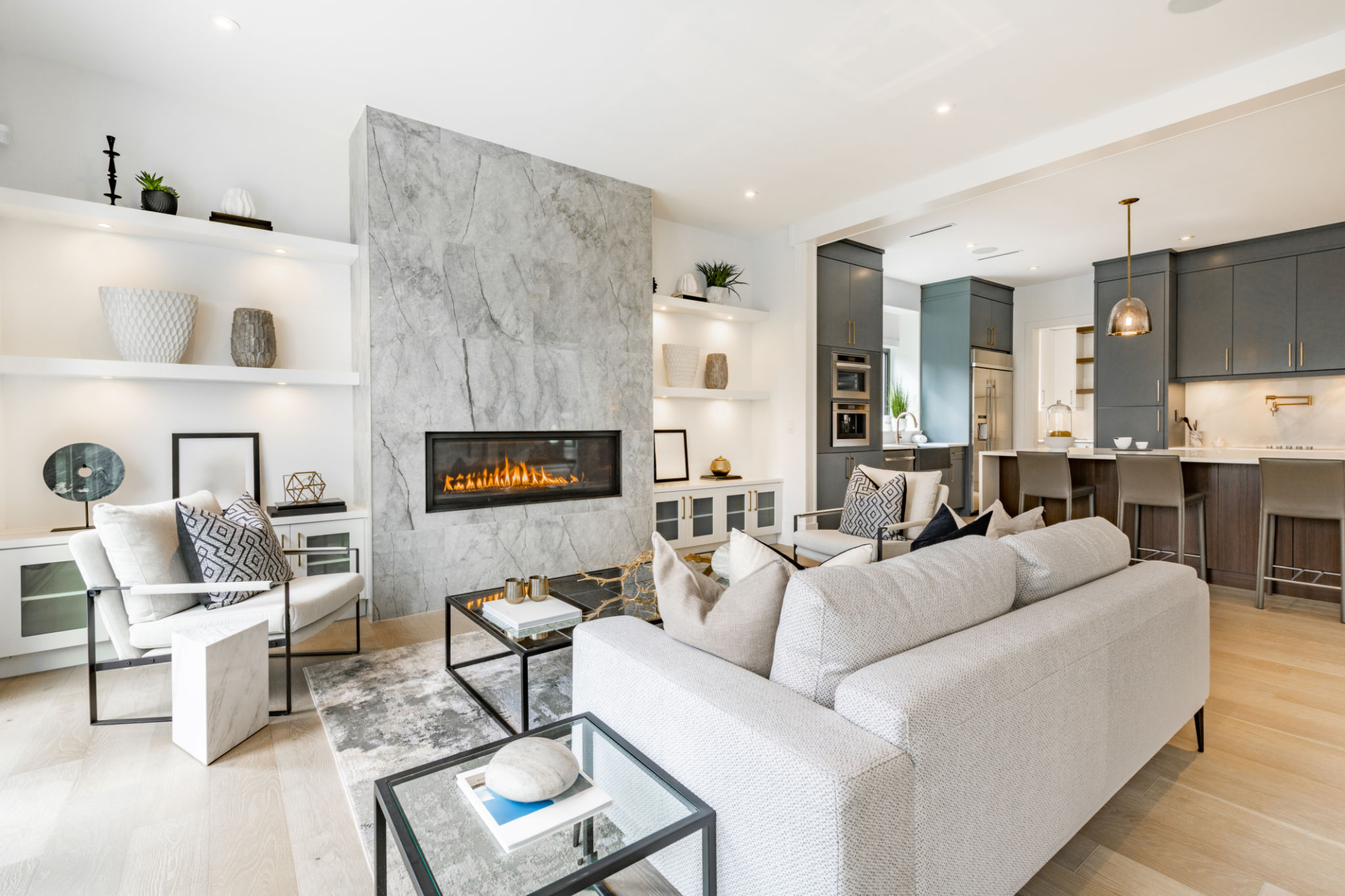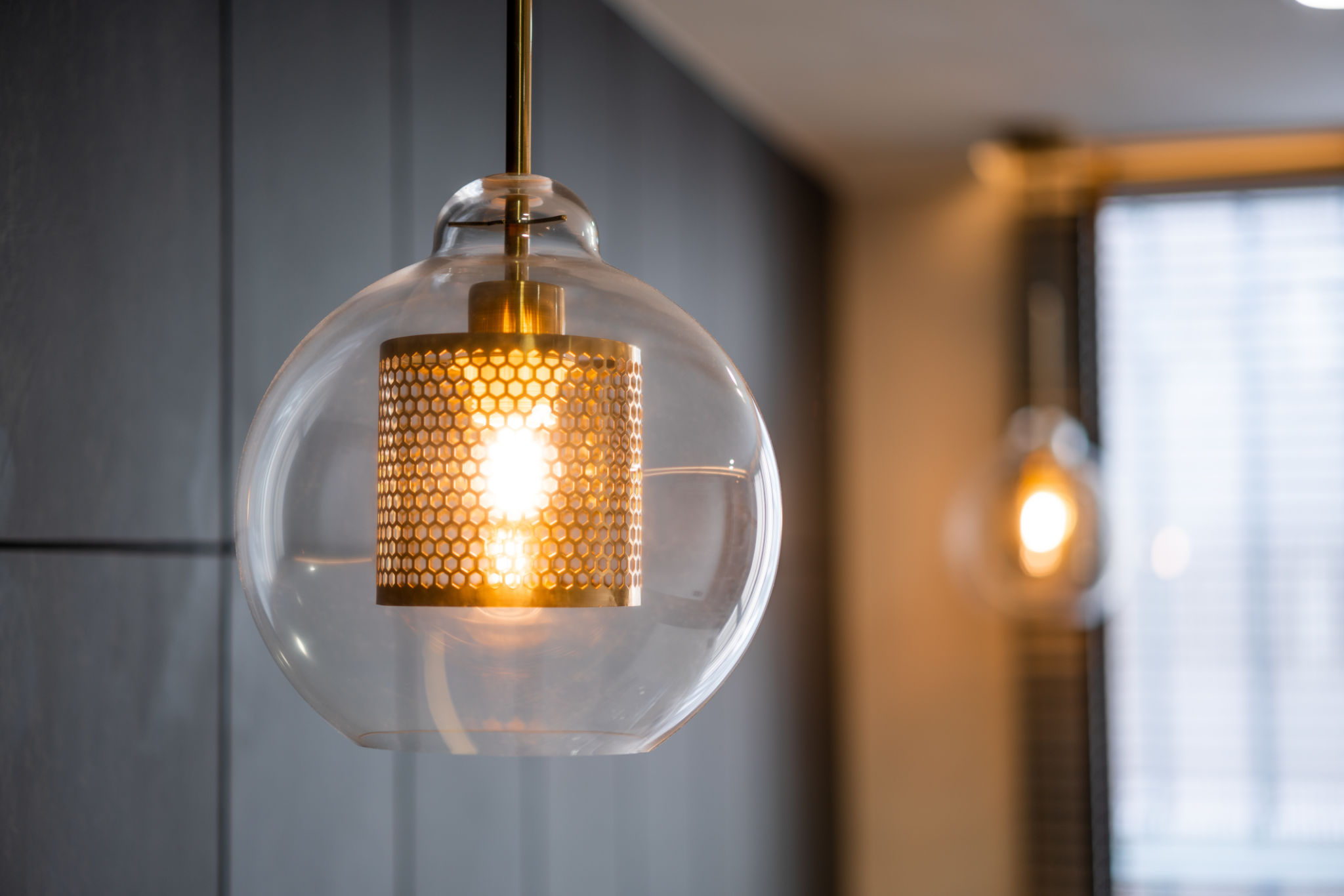Comprehensive Guide to Interior Styling Advice in Canada
Understanding Interior Styling
Interior styling is more than just arranging furniture; it’s about creating a cohesive and aesthetically pleasing environment that reflects personal style and functionality. In Canada, where diverse climates and cultural influences converge, interior styling can be both a challenge and an opportunity for creativity. Whether you’re renovating a downtown condo in Toronto or a rustic cabin in the Rockies, understanding the fundamentals of interior styling is essential.
Key elements of interior styling include color schemes, furniture arrangement, lighting, and accessories. Each aspect plays a significant role in transforming a space. A well-styled interior not only enhances the beauty of a home but also improves its functionality and comfort.

Color Schemes and Textures
Choosing a color scheme is one of the first steps in interior styling. In Canadian homes, popular color palettes often reflect the natural beauty of the country with shades of greens, blues, and earthy tones. When selecting colors, consider how they will look under different lighting conditions throughout the day.
Textures add depth and interest to a room. Mixing materials like wood, metal, textiles, and stone can create a rich and inviting atmosphere. In colder regions, incorporating warm textiles such as wool or faux fur can add coziness to your interior spaces.
Furniture Arrangement
The arrangement of furniture can significantly impact the functionality and flow of a space. In Canada, where homes can range from compact urban apartments to sprawling rural houses, furniture should be arranged to optimize space and movement. Start by determining the focal point of the room, such as a fireplace or a large window, and arrange your furniture around it.

Creating conversation areas by grouping seating options can enhance the social aspect of a space. Additionally, ensure there is enough room to move around comfortably without obstruction. Consider the scale of your furniture in relation to the room size to maintain balance and proportion.
Lighting Techniques
Lighting is crucial in setting the mood and highlighting design elements within a home. Canadian interiors often benefit from layered lighting, which includes ambient, task, and accent lighting. This approach not only ensures adequate illumination but also adds depth and dimension to the space.
Incorporating natural light is also important. Maximize windows and use light-colored window treatments to allow daylight to brighten rooms. For areas with limited natural light, consider using mirrors strategically to reflect light and create the illusion of more space.

Accessorizing Your Space
Accessories are the finishing touches that personalize your home. In Canada, where local artisans often create unique decorative pieces, incorporating locally made accessories can add character to your interior styling. Consider using items like artwork, rugs, plants, and decorative objects to express your personal style.
When accessorizing, think about balance and proportion. A cluttered space can feel overwhelming, so select pieces that complement each other and fit well within the overall design scheme. Rotating accessories seasonally can also keep your home feeling fresh and updated.
Sustainability in Interior Styling
With growing awareness of environmental issues, sustainable interior styling is becoming increasingly popular in Canada. Opting for eco-friendly materials such as reclaimed wood, bamboo, or recycled metal not only benefits the environment but also adds unique character to your home.

Consider purchasing vintage or second-hand furniture for a sustainable approach that also offers distinctive style. Additionally, supporting local craftsmen and businesses reduces carbon footprint and promotes regional economies.
Conclusion
Interior styling in Canada offers endless possibilities for creativity while taking into account regional characteristics and personal preferences. By focusing on key elements such as color schemes, furniture arrangement, lighting techniques, and sustainable practices, you can create a space that is both beautiful and functional.
Whether you’re starting from scratch or updating an existing space, remember that successful interior styling reflects your personality and adapts to your lifestyle needs. Embrace the journey of transforming your home into a sanctuary that you love coming back to every day.
